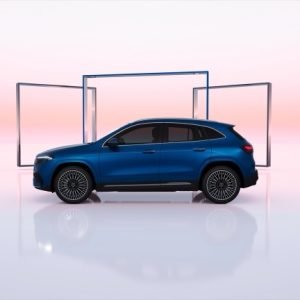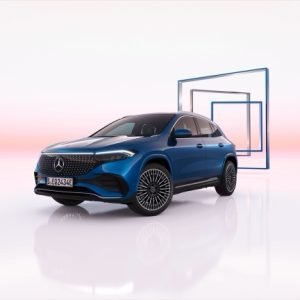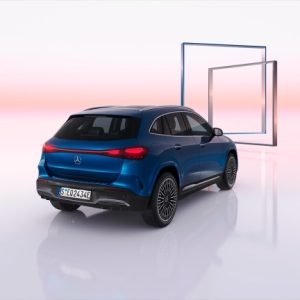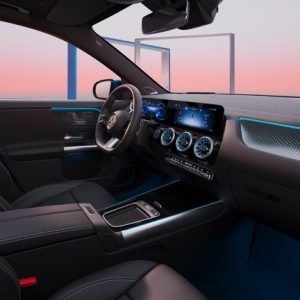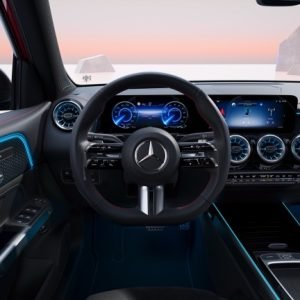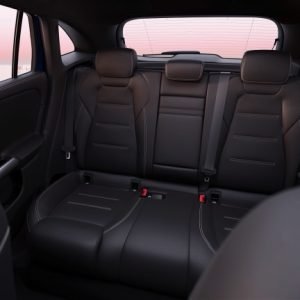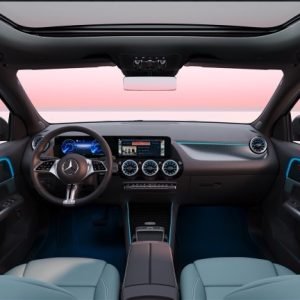0.0/10
Our Tier Classification:
Type of car:
Country of origin:
Make:
Share it:
Car manufacturers often offer different variations of the same model, allowing you to customize your vehicle to suit your preferences. Our goal is to showcase the range of performance options available, from the most basic to the most advanced. For precise pricing and specifications of each variant, please visit the official manufacturer’s website through the ‘prices section’ links by country.
Performance
Consumption
Acceleration (0-100km/h / 60mph)
Top Speed
Power
Power (kW)
Battery capacity
Dimensions
Doors
Max. seats
Lenght
Height
Width
Width with mirrors
Weight
Trunk Volume
Frunk Volume
We aim to provide both the manufacturer’s estimated range, as listed on their official websites, and a realistic range based on actual driving conditions. This includes the impact of weather, as well as the use of heating, air conditioning, and other factors that could affect performance. This data is supported by data from official manufacturer websites, user feedback, and EV-Database.org.
Estimated Range by manufacture
Minimal Estimated range
Maximal Estimated range
Disclaimer: The standard conditions for our range estimates assume an ambient temperature of 23 degrees Celsius (73.4 Fahrenheit) without the use of air conditioning. Please note that these ideal conditions are not always practical, and the real-world range may be lower.
Approximate actual distance given by feedback
Real range - City ❄️
Real range - Highway ❄️
Real range - City ☀️
Real range - Highway ☀️
Disclaimer: We also consider ‘worst-case’ scenarios. For ‘Cold’ conditions, we assume -10 degrees Celsius (14 Fahrenheit) with heating on, and for ‘Hot’ conditions, we maintain 23 degrees Celsius (73.4 Fahrenheit). We include the effects of different driving environments, such as city and highway, with speed limits adhered to as per US and European standards (excluding unlimited German autobahns). This data is corroborated by EV-Database.org and feedback from real users.
Charging times
Charging time 0-100% - Home (2.3 kW)
Charging time 0-100% -Wallbox (11 kW)
Charging time 10-80% Fast charging (175kW)
There are several methods of charging electric vehicles, which we categorize into three types: standard home plug, home wallbox, and highway superchargers (CCS).
Home plug: Generally offers a charging capacity ranging from 1.5 to 3.7 kWh. We use 2.3 kWh as an average reference, but actual rates may vary depending on the vehicle model.
Wallbox: Although wallboxes can support up to 22 kWh, government regulations in some countries may require special permission for higher capacities. Therefore, we display the maximum standard output of 11 kWh that can be used without additional permissions.
Supercharger CCS: Depending on the service provider and car model, these chargers typically offer around 175 kWh, but this can vary based on weather conditions and car specifications. Some cars have a maximum kWh limit to prevent malfunctions, so if a charger offers 175 kWh or 150 kWh and your car only shows a maximum of 100 kWh, don’t be alarmed.
All this data is coming from an average calculation between users’ feedback and EV-Database.org
Welcome to the era of luxury electric vehicles (EVs), where the Mercedes Benz EQA stands as a testament to how far we’ve come from those clunky first attempts at electric cars. Launched in 2021, the EQA is Mercedes-Benz’s entry-level offering to the EV world, marrying the compact SUV class with electric efficiency. This model is a spin-off of the GLA, turning it into a fully electric darling that promises to keep your carbon footprint as petite as its sleek, stylish exterior. With its introduction, Mercedes-Benz continues to expand its electric horizon, targeting not just the luxury segment but also appealing to the environmentally conscious everyday driver.
As Mercedes-Benz’s gateway to electric mobility, the EQA offers a mix of traditional Mercedes luxury with the perks of electric driving. It’s designed for those who want to dip their toes into the electric waters without diving head-first into the deep end. So, let’s buckle up and dive into what makes the EQA a shimmering droplet in the vast ocean of EVs.
Relevant Specifications of Mercedes Benz EQA
Range
The Mercedes Benz EQA 250, the base model, kicks off with a respectable 426 kilometers (265 miles) of range based on the WLTP cycle. While this might not set any records when placed beside the Tesla Model Y or Volkswagen ID.4, which offer larger batteries and longer ranges, the EQA holds its own in the urban jungle. Its range is more than sufficient for daily commuting and the occasional road trip, ensuring that range anxiety is kept at bay. This makes the EQA a solid contender for those looking to transition smoothly into electric driving without the worry of constantly scouting for the next charging station.
Battery Life & Charging Time
Equipped with a 66.5 kWh battery, the EQA promises durability and efficiency. Mercedes suggests that with proper care, the battery should live up to the vehicle’s lifespan, maintaining significant capacity. Charging the EQA doesn’t require an overnight wait; it supports up to 100 kW fast charging, allowing the battery to be charged from 10% to 80% in just around 30 minutes. For home charging with a wall box (11 kW), it takes approximately 5 hours 45 minutes to get from 10% to full charge. This is quite competitive, ensuring that the EQA can quickly be ready to roll again, providing an excellent balance between battery life and charging convenience.
Performance
Under the hood (so to speak), the EQA 250 doesn’t skimp on performance. It delivers a smooth 140 kW (190 horsepower), which allows it to accelerate from 0 to 100 km/h (0-62 mph) in 8.9 seconds. While it may not win any drag races against its speedier cousins or the BMW iX3, the EQA offers ample performance for the average driver. It strikes a fine balance between efficiency and the kind of sprightly response expected from a compact SUV, making it both fun and practical for city driving and beyond.
Cost of Ownership
The EQA, being an EV and a Mercedes, benefits from lower running costs compared to traditional internal combustion engines, primarily due to fewer moving parts and less wear and tear. However, being a premium brand, the initial purchase price and maintenance, when needed, can be on the higher side compared to non-luxury brands. The upside? Owners might find themselves spending less on maintenance overall, and potential tax incentives for driving an electric vehicle can further sweeten the deal.
Technology and Interior Comfort
Inside, the EQA is all about high-tech meets high-comfort. The cockpit is outfitted with the latest MBUX multimedia system, featuring intuitive voice control and a learning algorithm that adapts to user preferences. The materials and build quality reflect Mercedes-Benz’s commitment to luxury, and the layout is both user-friendly and aesthetically pleasing. The ride quality is superb, with minimal road noise and a comfort-oriented suspension setup, making every journey in the EQA as smooth as silk.
Why Should I Buy Mercedes Benz EQA
- Ideal for eco-conscious urban drivers.
- Manageable size for city driving.
- Premium interior with advanced technology.
- Solid range and fast charging capabilities.
Why Should I NOT Buy Mercedes Benz EQA
- Higher upfront cost than some competitors.
- Performance may not satisfy speed enthusiasts.
- Limited range compared to some other EVs in the segment.
Conclusion
The Mercedes Benz EQA stands out as a beacon for those venturing into the world of electric vehicles. It combines the luxury and technological prowess expected of Mercedes-Benz with the environmental and economic benefits of electric drive. While it may not be the top choice for range hunters or speed demons, the EQA offers a well-rounded package that delivers comfort, style, and efficiency in a compact SUV form. Whether it’s the right car for you depends on your priorities, driving habits, and perhaps your appetite for joining the electric revolution with a touch of class.

